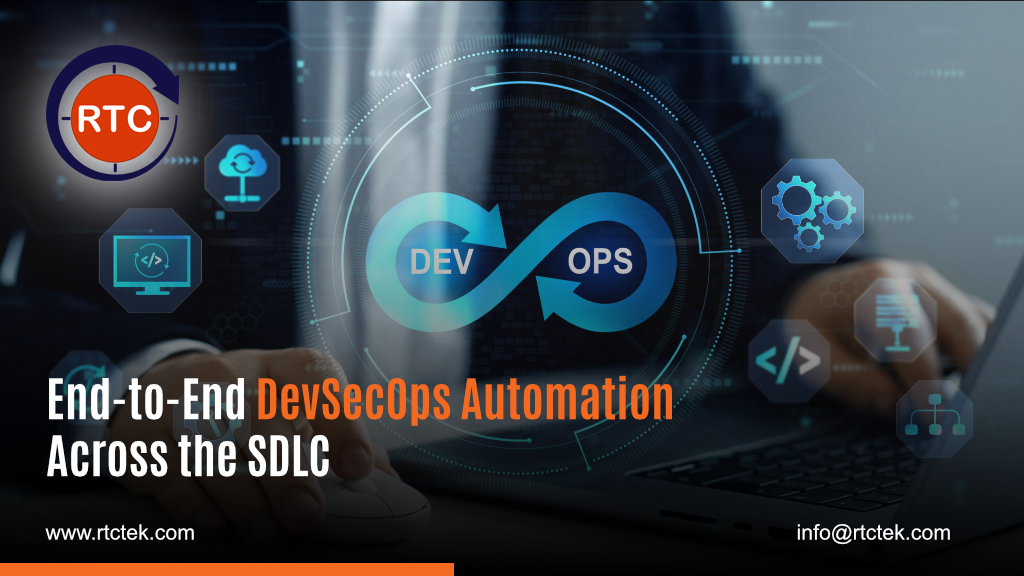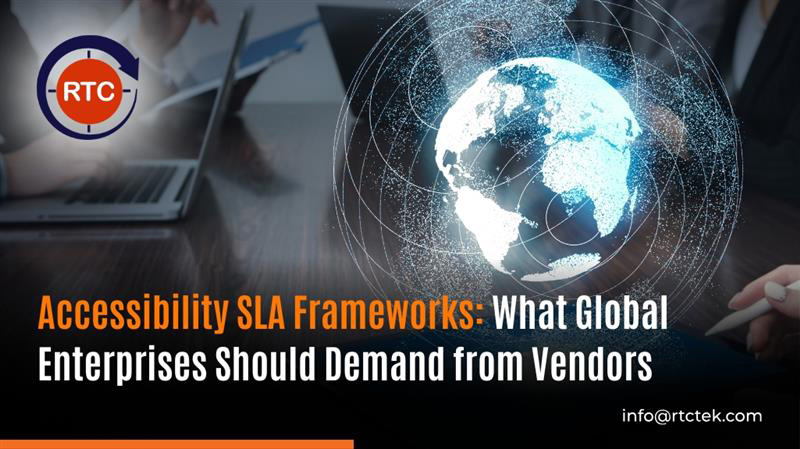Menu



Data pipelines are the backbone of every digital enterprise. From AI applications and predictive analytics to customer insights and compliance reporting, every function depends on data making its way from source to destination reliably and in real time. But as data ecosystems expand across cloud, hybrid, and distributed environments, traditional pipelines struggle to keep pace. …

Modern software development demands both speed and security. Organizations want fast releases, scalable architectures, frequent feature updates and they want all of it to be secure by default. However, traditional security practices were reactive. Security checks used to be performed late in the SDLC, usually right before deployment, which led to delayed releases, high remediation …

Software teams are facing rapid release cycles, complex architectures, microservices expansion, and constant delivery demands. Traditional automation still catches bugs, but it lacks intelligence; it executes what it’s told, without understanding risks, patterns, or user behavior. AI-Augmented Test Automation changes the game by turning test data into a decision-making engine. Instead of running thousands of scripts blindly, teams can …

In a world where software systems are increasingly built as collections of microservices, and where time-to-market and reliability matter more than ever, the ability to build automation pipelines that are modular, reusable, and maintainable has become a strategic differentiator. This blog explores how organizations can build a library of workflow blocks (CI/CD stages, infrastructure-setup tasks, deployment patterns, rollback logic, test harnesses) …

Performance testing has always played a critical role in software quality. But with digital products evolving rapidly and release cycles shrinking, the traditional model of running performance tests at the end of development is no longer sustainable. Organizations need a new approach—one that is automated, codified, version-controlled, and integrated into CI/CD pipelines. This brings us …

Quality Assurance (QA) as a discipline has always evolved in concert with the software development lifecycle. From manual testing to scripted automation frameworks, to continuous integration/continuous delivery (CI/CD) pipelines; QA has had to adapt and mature. Now, we stand at the threshold of a new paradigm: autonomous test automation platforms. These are systems that use …

Digital accessibility is no longer an optional enhancement; it is a global expectation. Organizations today serve diverse user groups across abilities, languages, geographies, and devices. Whether it’s a website, mobile app, internal portal, video content, or documentation system, every user deserves a barrier-free experience. Accessibility is about ensuring that people with visual, auditory, cognitive, speech, …
Input your search keywords and press Enter.